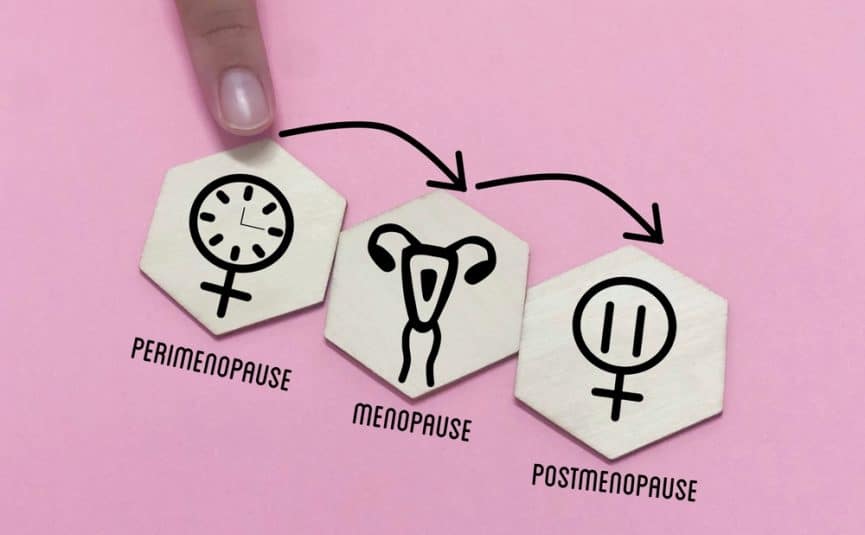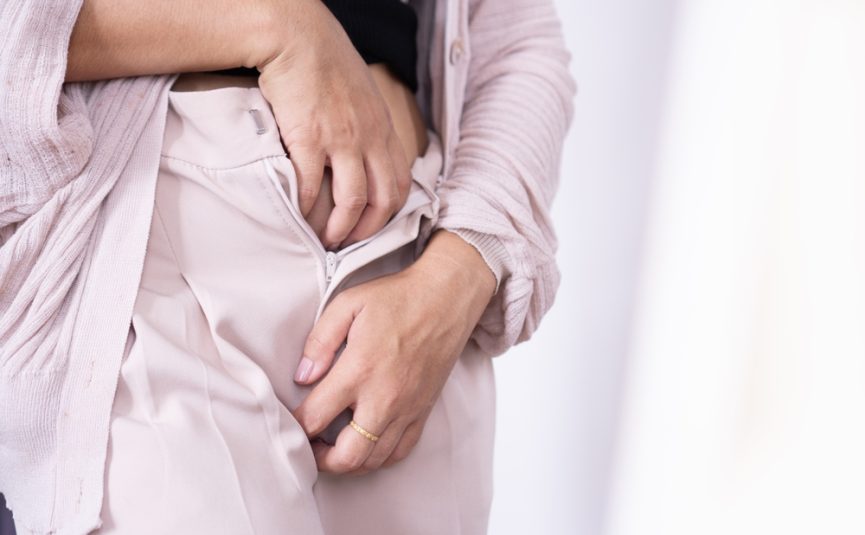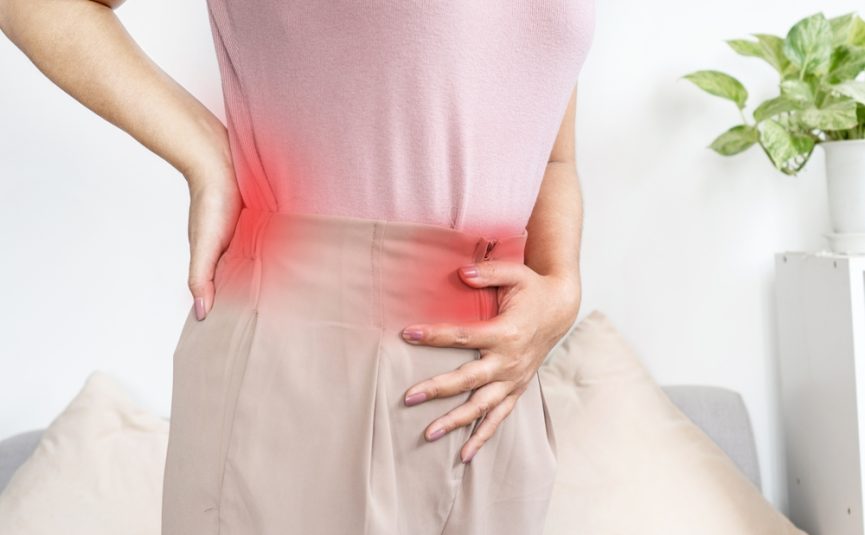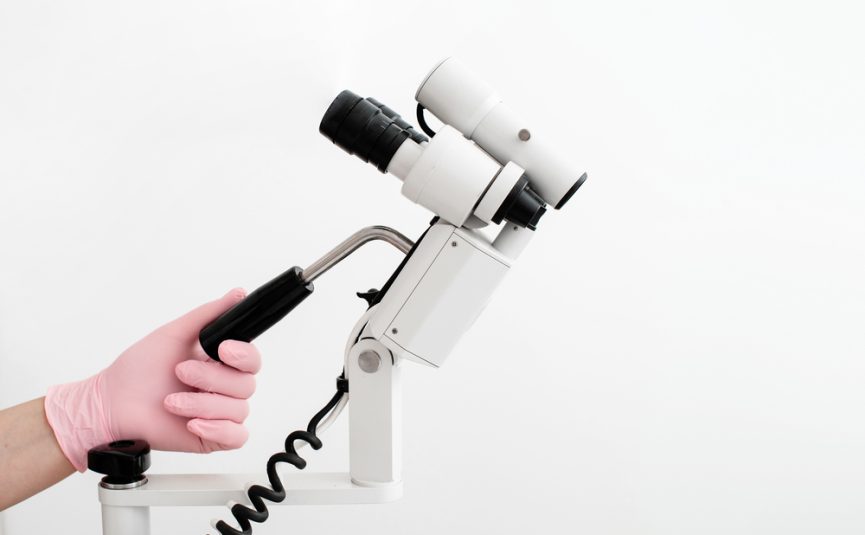East Melbourne VIC 3002
Uterine Fibroids: Everything You Need to Know

It is estimated that 25% of all women will develop a fibroid in their uterus at some time during their reproductive life.
What are Uterine Fibroids?
Uterine fibroids, otherwise known as myomas are the most common pelvic growths that occur in the uterus. They are typically noncancerous and arise from muscle cells and from cells called fibroblasts (the cells that develop into fibrous or supportive tissue).
What Causes Fibroids?
The exact cause of fibroids is unknown. We do know that there are a number of features in women who have fibroids. For example, fibroids are more common under the following circumstances:
- If you have a family history of fibroids
- If you have had one or more pregnancies that have extended beyond 20 weeks
- If you are past puberty and prior to menopause
- If you eat red meat
- If you have a low level of vitamin D
- If you started your periods at a young age (less than 10 years old)
- If you have a significant alcohol intake
- If you carry some rare gene defects
Overall, there is no single known cause of fibroids and the above factors are basically epidemiological factors known to be associated with fibroids which have been derived from a number of studies.
Symptoms of Fibroids
Fibroids may be asymptomatic and brought to your attention after you are investigated for some common gynaecological symptoms. These symptoms include:
-
- Heavy menstrual bleeding
- The palpable presence of a pelvic mass
- Pressure from a pelvic mass on your bladder or bowel
- Reproductive complications such as infertility and increased risk of miscarriage
- Painful periods – often due to the passage of blood clots associated with heavy bleeding
- Pain during pregnancy – due to a condition called red degeneration where the fibroid outgrows its blood supply and starts to die. This process is often associated with some bleeding into the fibroid
Rarely, fibroids can cause some pain if they undergo torsion or twisting which cuts off the blood supply to the fibroid and produces significant pain.
However, often fibroids are diagnosed as an incidental finding found on pelvic imaging. If for some reason you have a pelvic ultrasound, CT scan or MRI then it is not uncommon to see fibroids within the uterus.
Diagnosis of Fibroids
Fibroids can be suspected because of your symptoms. They may be found on a routine examination as a palpable lump or mass within the pelvis.
As mentioned above, pelvic imaging such as ultrasound, CT scan or MRI will diagnose a fibroid. It is common practice to designate a fibroid according to its position within the uterus.
Fibroids can be:
- Intramural which means that they are located wholly within the muscle layer or myometrium of the uterus
- Subserosal which means that the fibroids are just below the surface or serosa of the uterus and this often results in an irregular lump on the outer margin of the uterus
- Submucosal which means that some or all of the fibroid is within the internal cavity of the uterus. The amount of the fibroid that actually enters the cavity of the uterus is usually specified as a percentage. For example, 30% of the fibroid may enter the cavity of the uterus which means that the other 70% is within the myometrium or muscle of the uterus
Very rarely fibroids may be pedunculated which means that they are outside of the uterus connected to the uterus via a stalk.
Complications of Fibroids
The main complications of fibroids relate to the symptoms that they cause which include:
- Heavy bleeding
- Pelvic pain – usually related to degeneration of the fibroid
- Pressure symptoms due to their size, especially on the bladder or bowel
- Interference with fertility
- Pain due to torsion or degeneration (especially in pregnancy)
- Malignant change – fibroids can develop into cancers called sarcomas. This condition can be difficult to diagnose and is particularly rare
When To See A Doctor
When there are significant symptoms, especially symptoms that are interfering with your quality of life or there is an undiagnosed mass, it is important to see your local doctor and often you will need to be referred to a gynaecologist. Common symptoms that need to be investigated include:
- Heavy periods
- Painful periods
- The presence of a pelvic mass on examination or on an ultrasound, CT scan etc
- Pressure symptoms such as pressure on your bladder or your bowel
- Abnormal bleeding such as bleeding between your periods or bleeding after intercourse – these are uncommon with fibroids but need to be investigated
- A rapidly growing fibroid can be a sign of malignant or cancerous change and as mentioned, this is particularly uncommon
- Problems or concerns regarding fertility
If you’d like to chat to someone about your symptoms or are currently based in Melbourne and would like to book an appointment with Dr Len then get in touch with our office today.
-
Are Fibroids Painful?Fibroids are rarely painful but can be a cause of pain under the following circumstances:
- Due to the passage of clots related to heavy bleeding
- Red degeneration of a fibroid during a pregnancy
- Torsion of a fibroid which is present on a stalk – a pedunculate fibroid
- Pressure on surrounding organs, especially your bladder or bowel
- The vast majority of fibroids are painless
-
What Causes Uterine Fibroids To Grow?Uterine fibroids grow in the presence of oestrogen hormone so fibroids will not grow or develop prior to puberty. Similarly there is evidence that fibroids grow at a faster rate in women who are on the oral contraceptive pill. There is some evidence however, that progesterone hormone which is used for a number of gynaecological issues actually reduces the growth of fibroids. Fibroids usually shrink after the menopause due to a reduced oestrogen level. Similarly, fibroids usually or often grow during pregnancy when oestrogen levels are high. Although a rare consideration, fibroids often grow rapidly if there has been malignant and sarcomatous change.
-
What Do Fibroids Look Like?Fibroids if cut diagonally have a particular whirled appearance due to the circular distribution of the muscular and fibrous tissue. They also have a characteristic appearance on ultrasound and other forms of imaging.
-
What Is The Difference Between A Fibroid And A Polyp?As we have discussed above, fibroids are sheets of muscular and fibrous tissue arranged in a circular distribution producing lumps at some point within the uterus. Polyps on the other hand, arise from glandular tissue which is tissue that lines the interior of the uterus – also called the endometrium. Polyps tend to be less than 2 cm in size, are soft and often irregular in shape, a bit like a cherry on a stalk and are made up of glandular tissue.
-
Can Fibroids Cause Bleeding After The Menopause?Fibroids usually shrink after the menopause and there is no reason why a fibroid would initiate bleeding after this time. All women who have bleeding after the menopause (postmenopausal bleeding) need to be investigated as in this case often the bleeding is due to the possibility of an abnormality of the lining of the uterus (endometrium). It should never be assumed that a fibroid if present, was responsible for postmenopausal bleeding.










